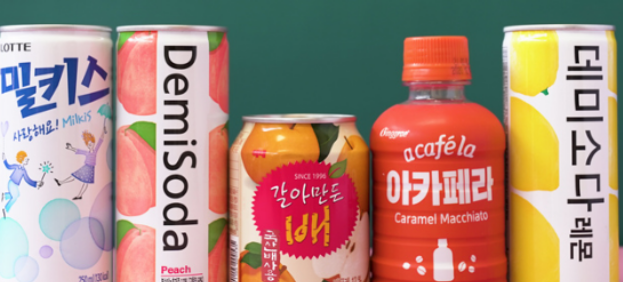Now days consumers want drinks that do more than quench their thirst. When it comes to energy-boosting and immune-supporting foods, attributes that have come to the fore in post-pandemic times, the question always comes up: where do you find functional drink ideas? Here we have collected some healthy and natural drink ideas from Korea.
Functional dependency
Due to the increased consumer preference for functional drinks with pure organic ingredients, Market Research Future (MRFR) notes that the use of herbal extracts is not only widespread in the healthcare industry, but is also one of the most important components in FMCG as a space for healthy food ideas and drinks.
According to the MRFR report titled «Botanical Extracts Market Information by Form, Application and Region — Forecast to 2030», the compound annual growth rate (CAGR) of the functional botanical bev market will be 9.5% between 2020 and 2030, reaching the estimate of at $10.2 billion by 2030.
“The holistic approach to health and wellness is on the rise,” says Anuhya Bhaskara, director of research and development (R&D) at Florida Food Products Inc. (FFP) located in Eustice, Florida. “Consumers are increasingly looking for health benefits from everything they consume. This trend is bringing herbal and adaptogen drinks into the mainstream.”
“As more consumers take a proactive approach to holistic wellness, many are drawn to functional beverages containing herbal ingredients,” said Alessio Tagliaferri, Global Platform Business Director for Herbals and Natural Health and Nutrition (NHN) at ADM, Chicago.
“Consumers also associate herbal ingredients with several trustworthy qualities, including sustainability, naturalness, “better for me,” and reliability,” he says.
Today, plant-based ingredients are key to the formulation of a wide variety of functional drinks, from active nutrition to energy drinks, from bottled teas and coffees to sodas and spirits.
Where can market players look for healthy non-alcoholic beverage ideas that have proven themselves well with consumers who value simplicity and naturalness in order to shorten the R&D cycle and have time to stake their place in a growing segment? Let’s try to shorten this path and make the work of marketing departments easier.
Looking East
In Korea, great attention is paid to the beneficial properties of drinks made from natural plant ingredients. For example, teas made from rice and barley are popular here, and among herbal teas you can find very exotic options, in the opinion of a European, such as chrysanthemum, persimmon or aralia flowers. Traditional teas are mixed with extracts of herbs and plants, and the purpose of some juice and grain drinks is generally difficult to classify at first glance. That’s where the storehouse of ideas!
Korean drinks (as well as intriguing Korean foods) are insanely interesting and very different from each other and from the drinks popular in most other countries. There is something warm, and something sweet, or something that will fill your body with life-giving force, health and energy. Complex and original tastes are the first feature of drinks on the local market.
The second feature is their diversity. Someone counted about 200 different types of soft drinks in the country. And these drinks are really impressive! And the most interesting thing is that they all exist in a highly competitive market where brands are constantly trying to stand out with their unique taste.
Interestingly, 87% of consumers say that it is plant components that give such a unique taste. And the Innova study also claims that the use of herbal ingredients on the front of the package will lead to a 23% price premium.
The third feature is containers and packaging. In most cases, these are rather bright tin cans and plastic bottles of 150-500 ml. A small volume is convenient to take with you for a run or a trip — the drink does not take up much space in the bag, it will always be at hand, and will not break, unlike a glass bottle. Practical, useful, and very tasty.
Below we have listed 8 options that we liked and won the hearts of consumers. The list is far from complete, because it is simply impossible to cover everything. We can also guarantee that once you have the opportunity to visit Korea and are thirsty, unexpected discoveries await you.
#1. Yakult yoghurt drink
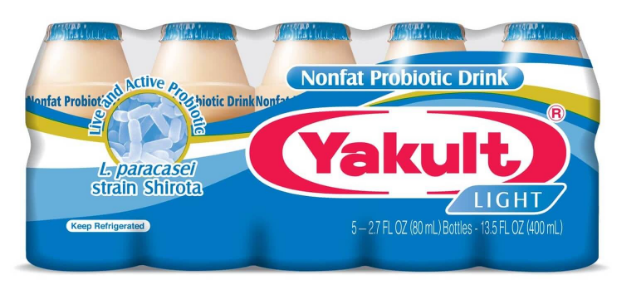
Although it was not the Koreans who invented Yakult, it is without a doubt an indispensable drink for the locals. In fact, Yakult is one of the first brands that locals think of when they talk about the healthiest drinks in Korea.
A 60ml bottle of Yakult provides just the right amount of probiotic nutrients for one person. Studies have shown that drinking at least one bottle of Yakult a day can improve peristalsis, stomach problems, and intestinal health.
This yogurt drink first appeared in South Korea in 1969.
Nowadays, locals often pair this drink with soju rice wine, made from fermented rice (although it can also be made from wheat, barley, sweet potatoes or tapioca) to make a delicious cocktail.
The sweetness of Yakult hides the heady taste of soju, making the drink more healthy and drinkable.
#2. Coffee milk (keopiuyu)
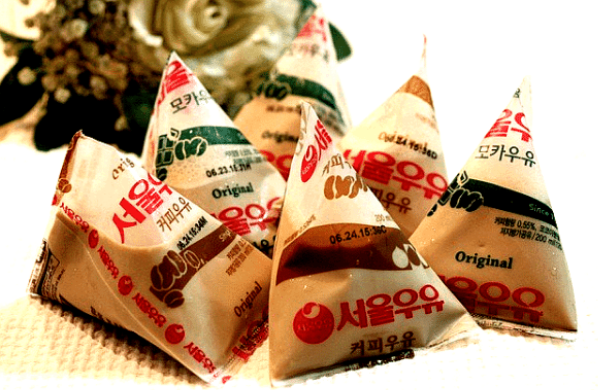
Oh, coffee with milk. Where would we be without you? As for coffee milk, it’s literally plain milk infused with coffee.
The drink is full of caffeine and is the perfect drink when you have a long day ahead of you and need some extra energy. Not to mention that it comes in cool triangular packages?
A couple of coffee milk sachets are enough when you have a long week ahead (or if you need some extra energy). Plus, the bags are so easy to dispose of when you’re done with the product.
#3. Sikhye
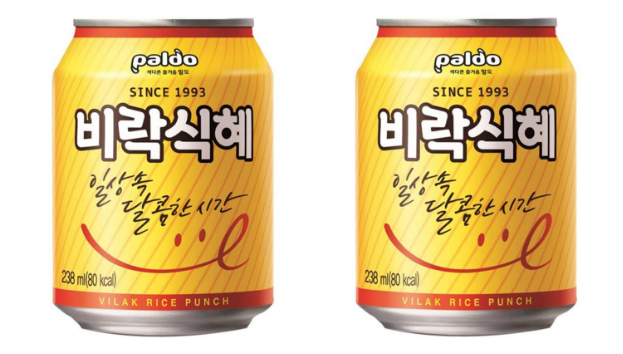
Sikhye is a traditional rice drink. It is so sweet that it is often served as a dessert. Shikyo has been served in Korea as a traditional ending to a meal for centuries.
Drinking Shikyo is a kind of rite of passage and can be found in bottles or cans in most Korean supermarkets. Contains cooked rice, which gives it an interesting texture as the consumer hits the bottom, along with the calorie content. For example, a 238 ml can of Sikhye from the Paldo Virak brand contains 80 calories.
Shikyo is also included in the menu of restaurants and cafes, it can be found in the «Desserts» section and treat yourself after a hearty meal — you will not be disappointed! The retail price of a can of Shikyo is approximately $0.6-0.7.
#4. Bacchus
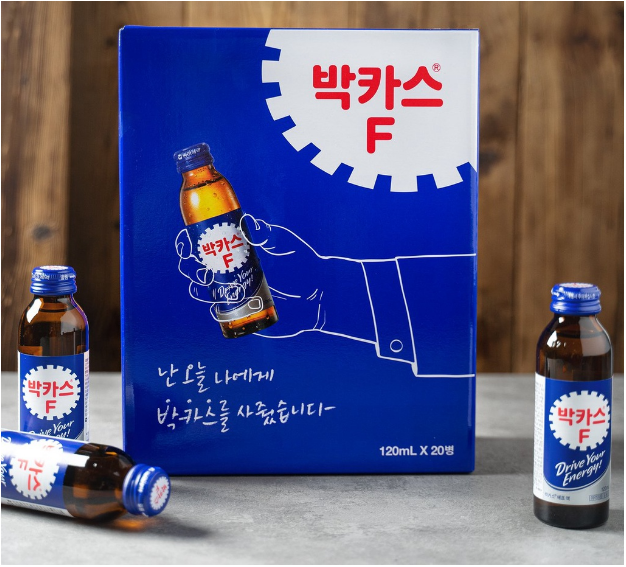
If you need to cheer up, and coffee with milk is not suitable, Koreans have Bacchus. The Bacchus energy drink is often compared to Red Bull, although its creators originally planned to use it as a hangover cure. Now it’s marketed as a hardcore energy drink for people who really need a boost.
Water, corn syrup and sugar make up the bulk of the drink, but the secret ingredient here is taurine (an amino acid that can affect mental and athletic performance).
Recently, this energy drink has gained popularity along with the American culture of using it as an ingredient in alcoholic beverages. Then people turn Bacchus into a party drink by mixing it with a shot of rice vodka.
A 120 ml bottle of Bacchus from the Dong-A Pharmaceutical brand will retail for about $0.85.
#5. Barley tea
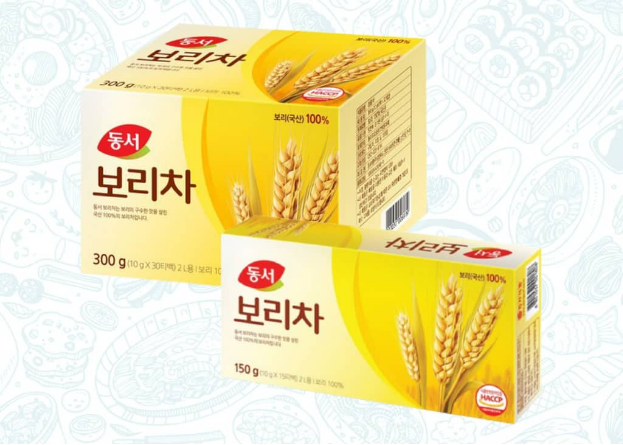
Barley tea is one of the products in our review that can be considered almost mainstream in some other countries. It’s definitely not hard to find outside of the country, but its initial popularity centuries ago in Korea, China, and Japan is what made it popular.
Barley tea is an incredibly versatile drink. Whether you crave a «toasted drink» that warms you from toe to top of your head, or a refreshing drink served over ice, barley tea is the way to go. Unlike some teas made with syrups or honey, Koreans brew barley tea from plain tea bags in a small amount of hot water.
The beneficial properties of barley tea are simply excellent:
— Antibacterial properties. Helps stop bacterial growth. Helps with respiratory diseases.
— Rich in antioxidants. Contains substances that work in the body as antioxidants that support a variety of systems in the body and may help prevent cardiovascular disease. Helps maintain normal hormonal balance in the body.
— Thins the blood. Promotes good blood circulation.
— Male reproductive function. Contains a lot of selenium — a trace element that plays a key role in male reproductive function and prostate health.
— Sleep problems. Contains amino acids that help support healthy sleep.
— In various diseases of the gastrointestinal tract. The contained insoluble fiber stimulates the digestion process, helping to cleanse the body of «bad» cholesterol, accumulated toxins and toxins. In addition, it has a pronounced choleretic effect, preventing the formation of stones in the liver and gallbladder.
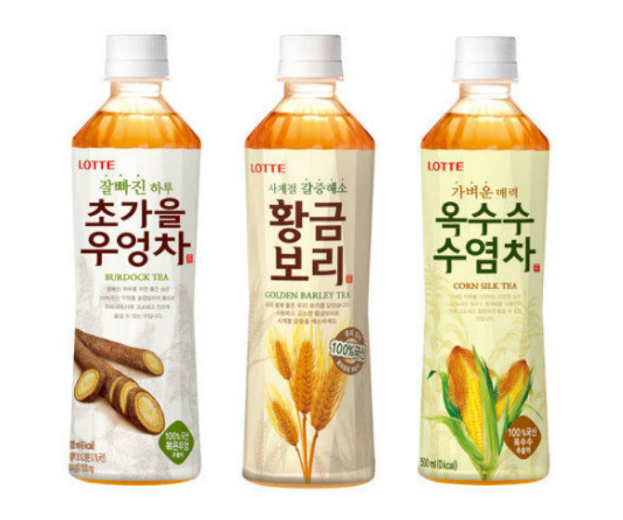
RTD barley teas are 50 to 92% natural barley extract (sometimes a blend of roasted barley, roasted corn, roasted brown rice, and roasted chicory).
They are produced by a huge number of manufacturers — from giant companies with large lines of healthy drinks to local local industries cultivated by centuries-old family recipes.
A high concentration of barley extract gives more beneficial properties to the drink. And since it perfectly quenches thirst in the heat and heat, you can drink several bottles or cups at a time. As an added bonus, barley tea is tannin-free and caffeine-free, so you can drink it any time of the day and not worry about «energizing effects» like a few cups of coffee or an energy drink, even if you drink several cups.
#6. McCol
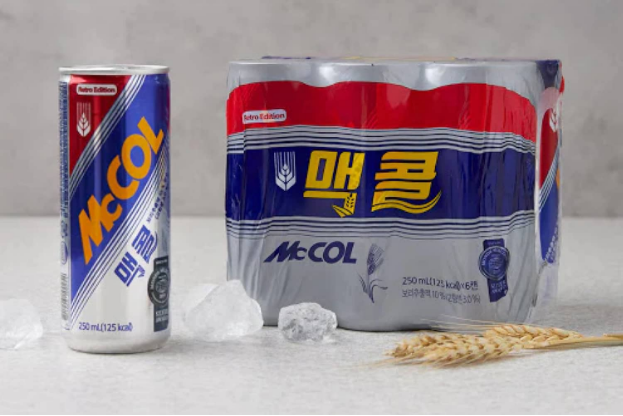
If you have already become a fan of classic barley tea, then you will definitely fall in love with McCol. This is RTD barley tea in a 250 ml jar.
Initially, the drink became popular in health-conscious circles, but quickly gained wide popularity among other audiences. Something about the combination of carbonation, barley notes and unique sweet taste makes McCol an easy favorite among Koreans.
The manufacturer claims it’s especially good during the warm summer months after you’ve been out for a walk or engaged in any activity that has made you sweat a lot — McCol will refresh you, while the sweetness of the drink will invigorate, saturate (125 calories per can) and prepare you for new accomplishments.
#7. Dawn 808 (sukchwihaesoeumnyo)
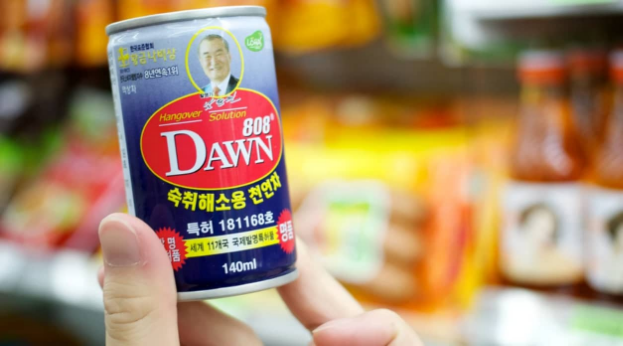
In Korea, indeed, everyone will find something for themselves, something interesting. But if you find yourself in Korean bars, you will have a great night that you will remember. And to reduce the effects of yesterday’s parties, when after a night out you feel unwell, try a can of Dawn 808.
No shame — in Korea, even the best of us get hangovers. And so that it does not stretch for the whole day, a functional hangover drink Dawn 808 was invented for this.
Dawn 808 is made from a mysterious combination of roots, herbs and Korean magic (of course, this is a joke, but just in case). The taste of this drink is slightly medicinal and not everyone will like it. But if you’re drinking Dawn 808 with a purpose, let it work its magic.
The most popular cans with a drink of 119 ml. In retail, they can be found for $2.3 — $2.4. In online stores, they are usually sold in packs of 10 cans. But there are jars of 140 ml — apparently for those who party all night long.
Functional independence and tradition
Many drinks that are so well known to European and American consumers have fallen out of our review. For example, drinks with aloe vera. This plant is called agave: it is believed that a person who uses its power will live a hundred years. And aloe has more than enough strength — its beneficial properties are simply invaluable. The plant contains more than 250 substances useful for humans, each of which affects the body’s systems.
The most popular drinks with aloe are ready-to-drink tonics and «liquid tea» — the basis for making your own tonic. It is important that all products are low-calorie, which means they are great for those who follow the figure.
Also, we did not focus on non-carbonated juice drinks with pieces of fresh fruit. For example, non-carbonated drink Mango OKF with mango juice and peach pieces. It’s light and fresh, fortified with vitamin C, and has only 47 calories.
Also, we did not focus on banana milk and Milky milk drink — another hit. Banana and other vegetable milks on the FMCG market were analyzed in a specialized review. And we have dedicated a separate article to the topic of how plant-based dairy alternatives are reshaping the HoReCa market.
Not included in our material and the most popular drink of Koreans — coffee. Statistics say that the inhabitants of the country eat rice, eat 7 times a week, kimchi (a fermented spicy type of vegetable snack) — 11.8 times, and drink coffee — 12.3 times a week.
Because the story about the various types and varieties of RTD coffee in Korea was easily enough for a separate review (perhaps we will dwell on them separately). And we have repeatedly told the most interesting trends from the coffee market earlier. And we never stop revealing how coffee innovations are blowing up the conservative segment.
Returning to herbal and natural drinks, it is worth noting that according to the NHN study, 75% of consumers are willing to pay extra for a drink with a clean label. Conscientious consumers are looking for food and beverages that can benefit themselves, their communities and the planet, and consumers are realizing that plant extracts are “closer to nature” and products with clean, transparent ingredients and green ingredients help meet that need.
43% of consumers think plant-based ingredients are delicious and don’t feel they have to sacrifice taste for nutrients. In addition, 42% of consumers worldwide say that using herbal ingredients will cause them to increase their beverage intake. It remains to find an idea for a new hit on the market.
